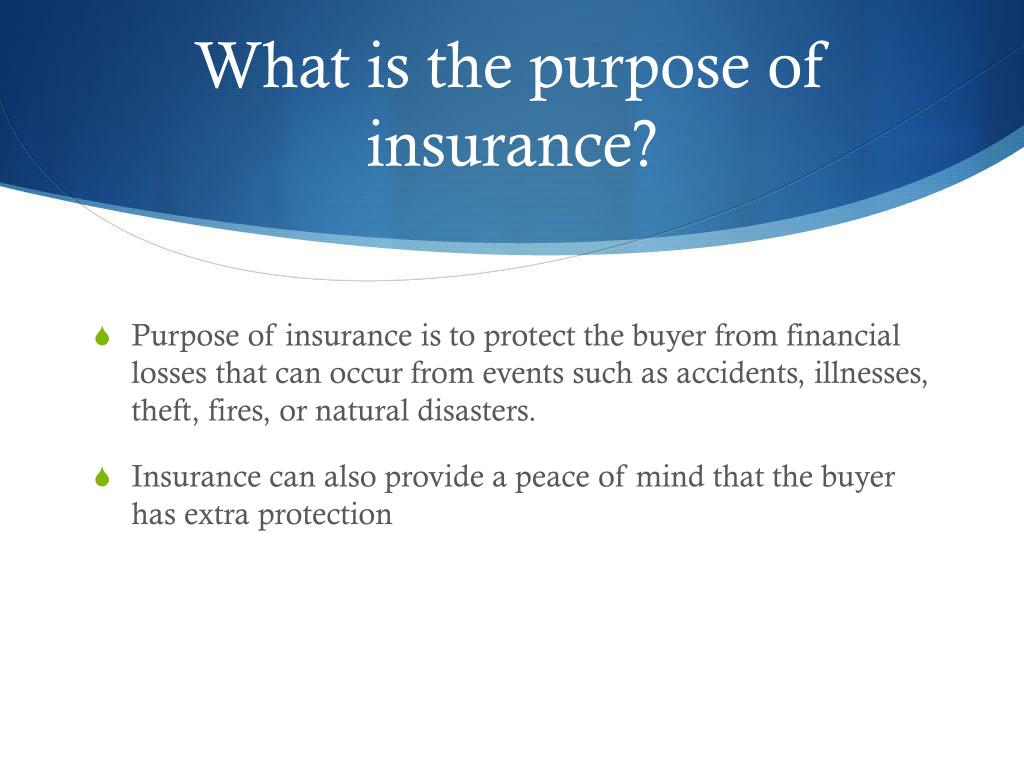The 15-Second Trick For Pacific Prime
The 15-Second Trick For Pacific Prime
Blog Article
Everything about Pacific Prime
Table of ContentsFascination About Pacific PrimeThe Ultimate Guide To Pacific PrimePacific Prime Can Be Fun For AnyoneThe smart Trick of Pacific Prime That Nobody is DiscussingHow Pacific Prime can Save You Time, Stress, and Money.

This is since the information were accumulated for a duration of solid financial performance. Of the estimated 42 million people that were uninsured, just about about 420,000 (concerning 1 percent) were under 65 years old, the age at which most Americans come to be eligible for Medicare; 32 million were adults in between ages 18 and 65, about 19 percent of all grownups in this age group; and 10 million were youngsters under 18 years old, regarding 13.9 percent of all children (Mills, 2000).
These price quotes of the number of persons uninsured are generated from the yearly March Supplement to the Present Populace Study (CPS), performed by the Census Bureau. Unless or else noted, national price quotes of individuals without health insurance and percentages of the population with different kinds of insurance coverage are based on the CPS, the most extensively utilized resource of estimates of insurance policy protection and uninsurance prices.
The Only Guide to Pacific Prime

Still, the CPS is especially beneficial since it produces yearly price quotes relatively promptly, reporting the previous year's insurance policy protection estimates each September, and due to the fact that it is the basis for a regular set of quotes for even more than 20 years, enabling analysis of trends in insurance coverage in time. For these reasons, along with the comprehensive usage of the CPS in other researches of insurance protection that are presented in this report, we rely upon CPS quotes, with restrictions noted.

The quote of the number of uninsured people increases when a populace's insurance coverage condition is tracked for a see number of years. Over a three-year duration beginning early in 1993, 72 million individuals, 29 percent of the united state population, lacked insurance coverage for at the very least one month. Within a solitary year (1994 ), 53 million individuals experienced at the very least a month without protection (Bennefield, 1998a)
Six out of every ten uninsured adults are themselves employed. Working does enhance the possibility that one and one's household members will have insurance, it is not an assurance. Also members of households with two full-time breadwinner have almost a one-in-ten possibility of being without insurance (9.1 percent uninsured rate) (Hoffman and Pohl, 2000).
The Main Principles Of Pacific Prime
New immigrants account for a substantial percentage of people without health insurance. One evaluation has attributed a considerable portion of the current growth in the dimension of the U.S. uninsured populace to immigrants that showed up in the nation between 1994 and 1998 (Camarota and Edwards, 2000). Current immigrants (those who came to the USA within the past 4 years) do have a high rate of being without insurance (46 percent), however they and their children make up simply 6 percent of those without insurance coverage nationally (Holahan et al., 2001).
The relationship in between wellness insurance and access to care is well established, as recorded later in this chapter. Although the connection in between medical insurance and health and wellness outcomes is neither direct nor easy, a substantial scientific and health services research literary works links wellness insurance policy coverage to improved access to care, far better quality, and enhanced individual and populace wellness standing.
Levels of analysis for checking out the results of uninsurance. It focuses especially on those without any type of wellness insurance for any length of time.
Little Known Questions About Pacific Prime.
The issues encountered by the underinsured are in some respects comparable to those faced by the uninsured, although they are normally less serious. Health and wellness insurance coverage, however, is neither necessary nor sufficient to acquire accessibility to clinical solutions. The independent and straight result of health insurance policy coverage on access to health solutions is well established.
Others will get the health care they require even without health and wellness insurance coverage, by paying for it expense or seeking it from carriers that supply treatment totally free or at extremely subsidized rates. For still others, medical insurance alone does not guarantee invoice of treatment since of various other nonfinancial obstacles, such as a lack of wellness care suppliers in their neighborhood, minimal access to transportation, illiteracy, or etymological and cultural differences.
How Pacific Prime can Save You Time, Stress, and Money.
Formal research concerning without insurance populations in the USA dates to the late 1920s and very early 1930s when the Committee on the Price of Medical Treatment produced a series of records about financing medical professional workplace sees and hospitalizations. This issue came to be salient as the varieties of medically indigent climbed up during the Great Anxiety.
Report this page